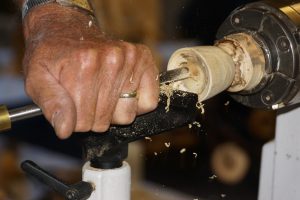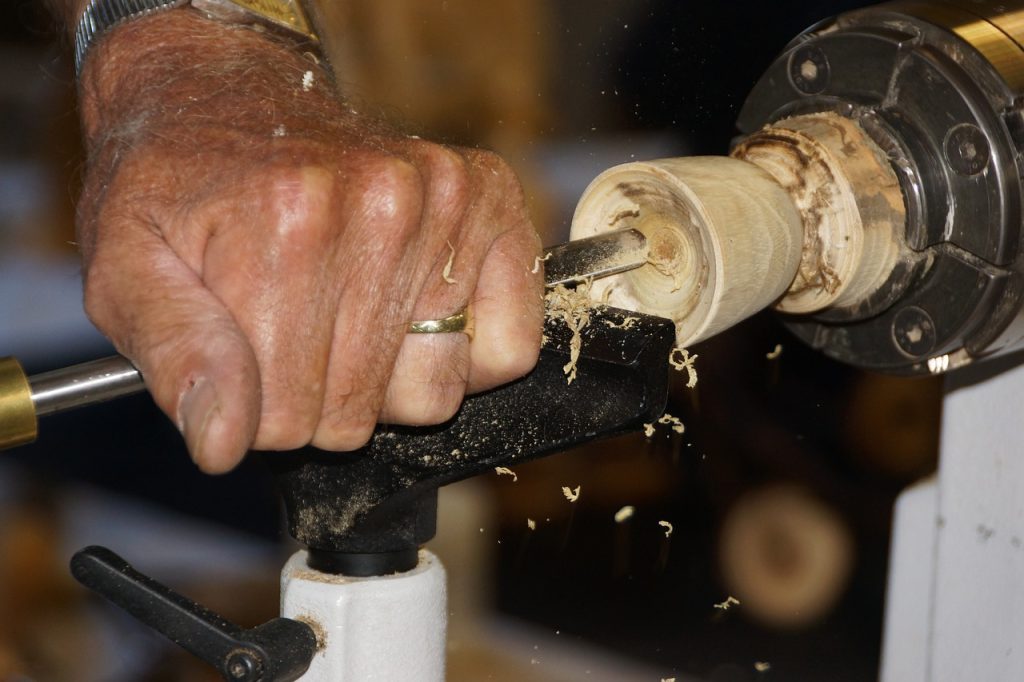The Essential Guide to Lathe Machines: The Backbone of Modern Manufacturing
From ancient Egyptian woodturning to modern CNC machining, the lathe has been an indispensable tool in human manufacturing for thousands of years. This versatile machine tool, often called the “mother of all machine tools,” continues to shape our world in ways both subtle and profound.
What is a Lathe Machine?
A lathe is a machine tool that rotates a workpiece about an axis of rotation to perform various operations such as cutting, sanding, knurling, drilling, or deformation. The magic of the lathe lies in its ability to create perfectly cylindrical objects with remarkable precision.

Types of Lathes
Engine Lathe
The traditional engine lathe remains the most common type in machine shops worldwide. It excels at general-purpose work and can handle a wide range of operations, from turning and boring to threading and tapering.
CNC Lathe
Computer Numerical Control (CNC) lathes represent the cutting edge of modern machining. These automated powerhouses can produce complex parts with micron-level precision, making them essential for industries like aerospace and medical device manufacturing.
Wood Lathe
Specifically designed for woodworking, these lathes create everything from table legs to elegant bowls. They operate at higher speeds but with lower torque than their metal-cutting cousins.
Key Components
- Headstock: Houses the spinning mechanism and main spindle
- Tailstock: Provides support for longer workpieces
- Carriage: Moves the cutting tool along the workpiece
- Chuck: Holds the workpiece securely during operation
Applications Across Industries
- Manufacturing: Production of precision parts for machinery
- Aerospace: Creating turbine components and fasteners
- Woodworking: Crafting furniture and decorative items
- Energy: Machining components for power generation equipment
- Automotive: Production of engine components and custom parts
Best Practices for Lathe Operation
Safety First
- Always wear appropriate PPE (Personal Protective Equipment)
- Secure loose clothing and tie back long hair
- Never leave a running lathe unattended
- Keep the work area clean and organized
Maintenance Tips
- Regular lubrication of moving parts
- Checking alignment periodically
- Keeping cutting tools sharp and clean
- Inspecting chuck jaws for wear
The Future of Lathe Technology
As we move deeper into the digital age, lathes continue to evolve. Modern innovations include:
- Integration with IoT sensors for predictive maintenance
- Advanced automation capabilities
- Hybrid manufacturing combining turning with additive processes
- Enhanced software for complex part programming
Conclusion
Whether you’re a hobbyist woodturner or a professional machinist, understanding lathe operations is crucial for creating precise, cylindrical parts. As technology advances, these versatile machines continue to adapt and improve, maintaining their position as fundamental tools in manufacturing and craftsmanship.
Remember: A well-maintained lathe operated by a skilled machinist can create nearly anything that’s round – from simple dowels to complex aerospace components. It’s this versatility that has kept the lathe relevant for millennia and will ensure its place in the future of manufacturing.


